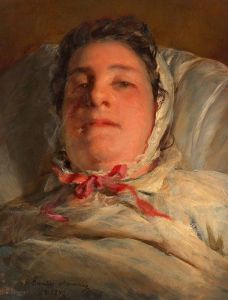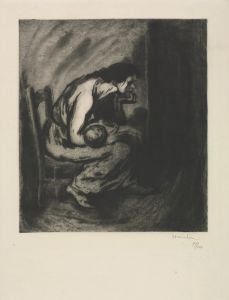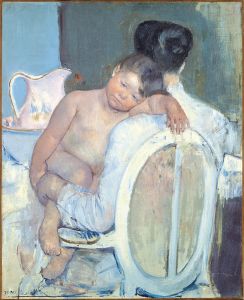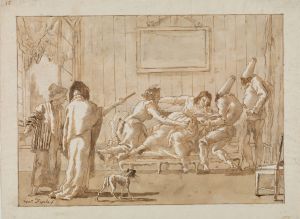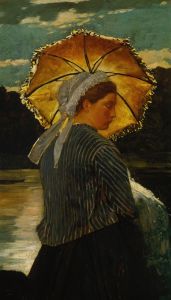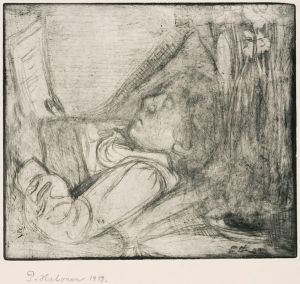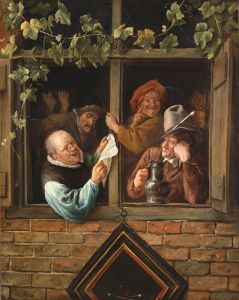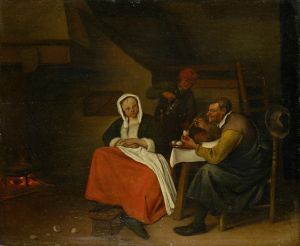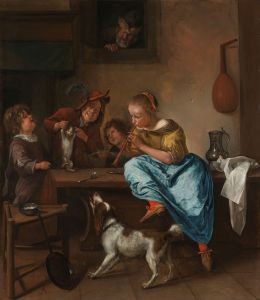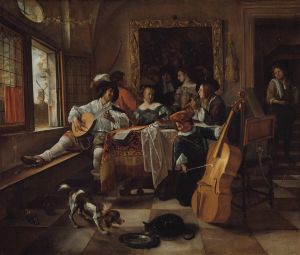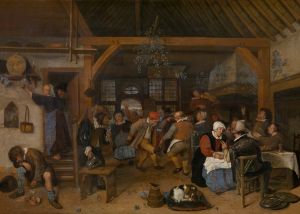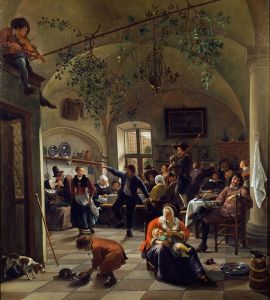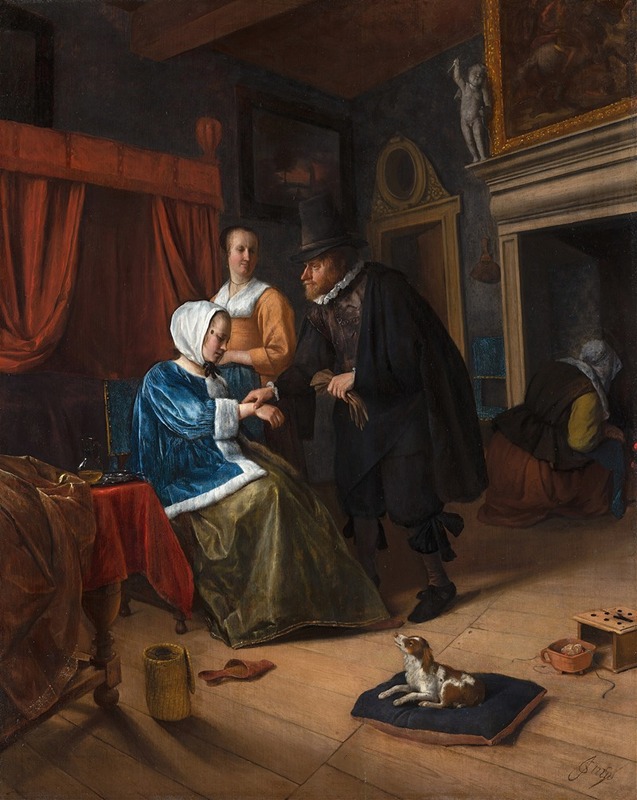
The Sick Girl
A hand-painted replica of Jan Steen’s masterpiece The Sick Girl, meticulously crafted by professional artists to capture the true essence of the original. Each piece is created with museum-quality canvas and rare mineral pigments, carefully painted by experienced artists with delicate brushstrokes and rich, layered colors to perfectly recreate the texture of the original artwork. Unlike machine-printed reproductions, this hand-painted version brings the painting to life, infused with the artist’s emotions and skill in every stroke. Whether for personal collection or home decoration, it instantly elevates the artistic atmosphere of any space.
Jan Steen, a prominent Dutch Golden Age painter, is known for his lively and often humorous depictions of 17th-century Dutch life. One of his notable works is "The Sick Girl," which exemplifies his skill in genre painting—a style that portrays scenes from everyday life. This painting is a testament to Steen's ability to capture human emotion and domestic settings with a keen eye for detail and a touch of narrative complexity.
"The Sick Girl" is believed to have been painted around the mid-17th century, a period when Steen was actively producing works that explored various aspects of human life and society. The painting depicts a young girl who appears to be unwell, seated in an interior setting. Her pale complexion and the concerned expressions of those around her suggest her ailment. The scene is intimate, drawing the viewer into the personal space of the family.
Steen's use of color and light in "The Sick Girl" is particularly noteworthy. The warm tones and soft lighting create a comforting atmosphere, despite the subject's illness. This use of light not only highlights the central figures but also adds depth to the room, showcasing Steen's mastery in creating a sense of space and realism. The attention to detail in the furnishings and the characters' attire further enriches the narrative, providing insights into the domestic life of the time.
The composition of the painting is carefully arranged to guide the viewer's eye across the scene. The sick girl is positioned centrally, making her the focal point, while the surrounding figures—likely family members—are depicted in various states of concern and care. This arrangement not only emphasizes the girl's condition but also reflects the familial bonds and the communal response to illness during that era.
Jan Steen often infused his works with moral or humorous undertones, though "The Sick Girl" leans more towards a compassionate portrayal of a family dealing with illness. Unlike some of his other works that are filled with revelry and chaos, this painting is subdued, reflecting a more serious and tender aspect of life. It showcases Steen's versatility as an artist, capable of capturing both the jovial and the somber moments of human existence.
Steen's background and personal life may have influenced his art. Born in 1626 in Leiden, he was part of a family involved in the brewing industry, and he later married Margriet van Goyen, the daughter of the painter Jan van Goyen. Steen's life was marked by financial difficulties and personal challenges, which may have informed his empathetic portrayal of human experiences, as seen in "The Sick Girl."
Today, Jan Steen's works, including "The Sick Girl," are celebrated for their narrative richness and technical proficiency. They offer a window into the social and cultural fabric of the Dutch Golden Age, capturing the essence of everyday life with humor, empathy, and a keen observational eye. "The Sick Girl" remains a poignant example of Steen's ability to convey complex emotions and stories through the medium of paint, securing his legacy as one of the era's most insightful and skilled genre painters.





